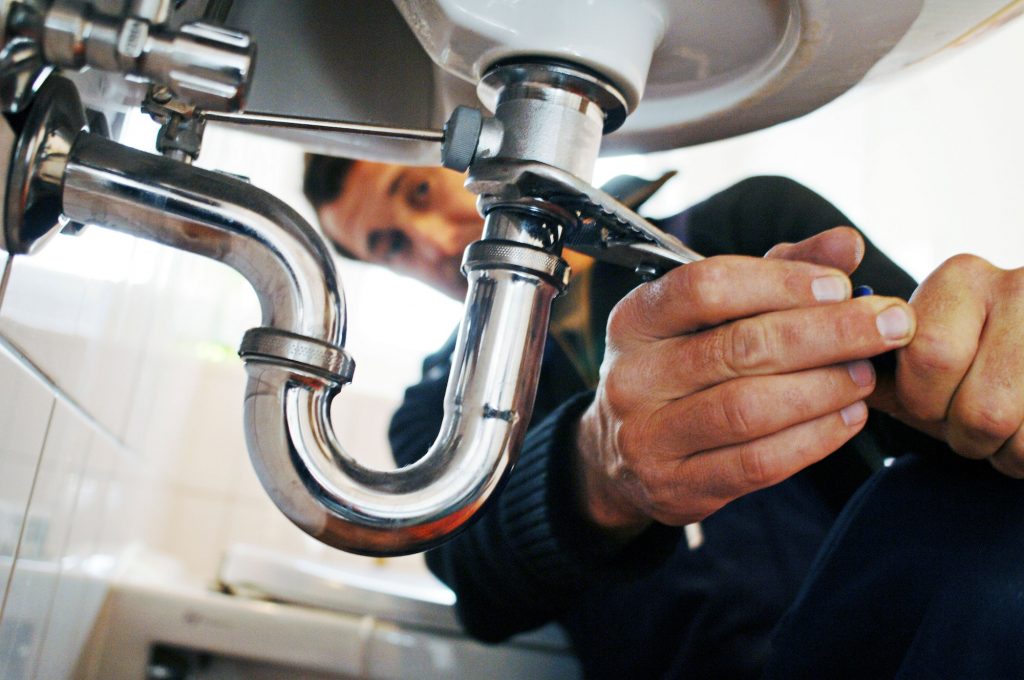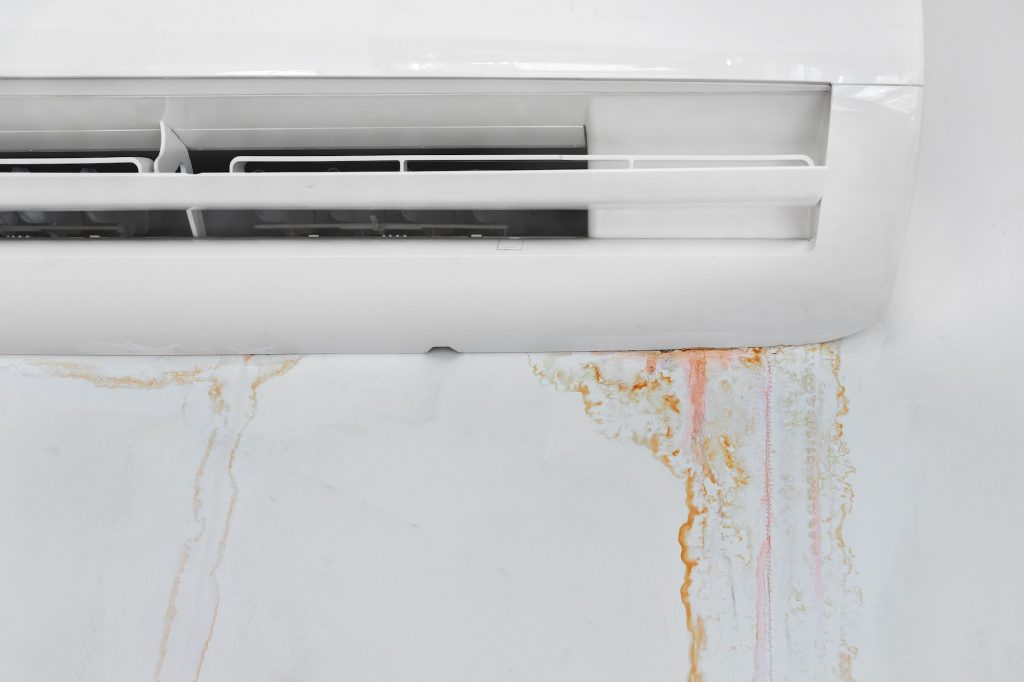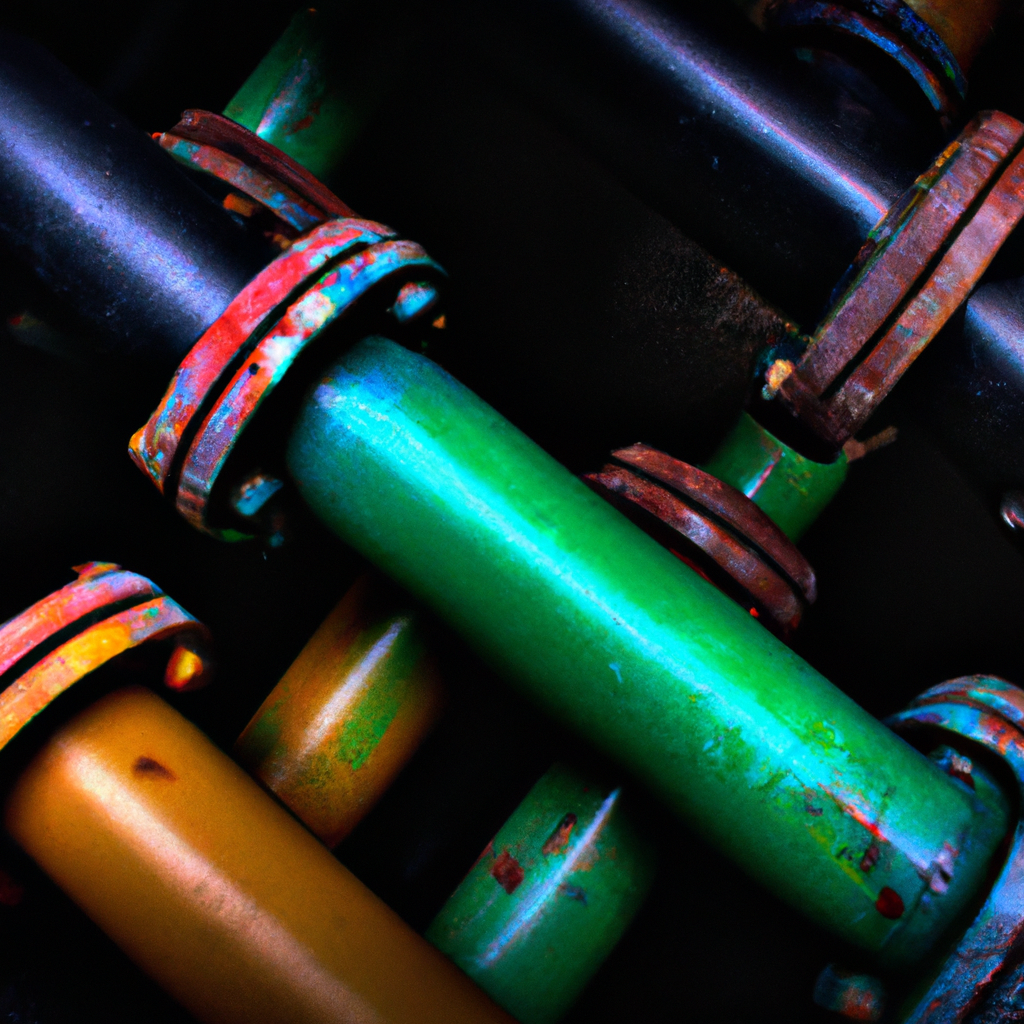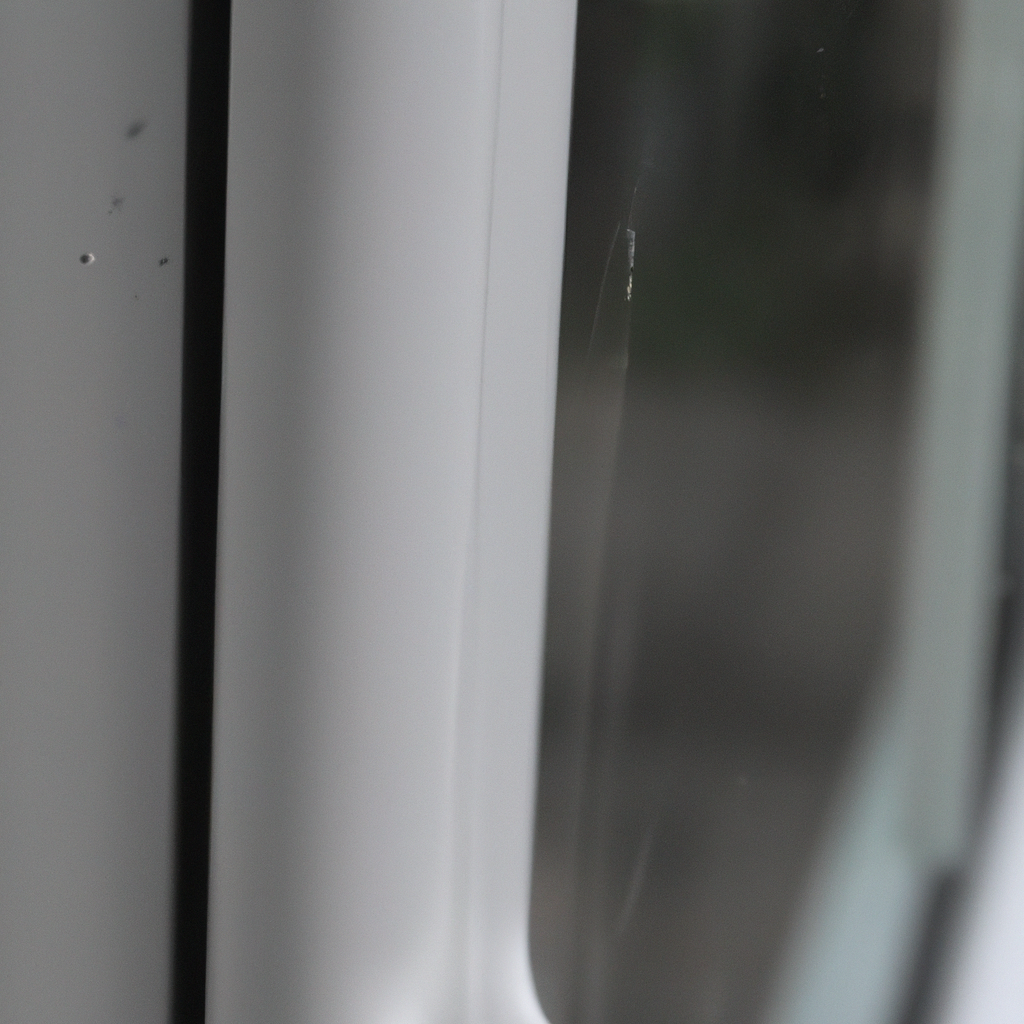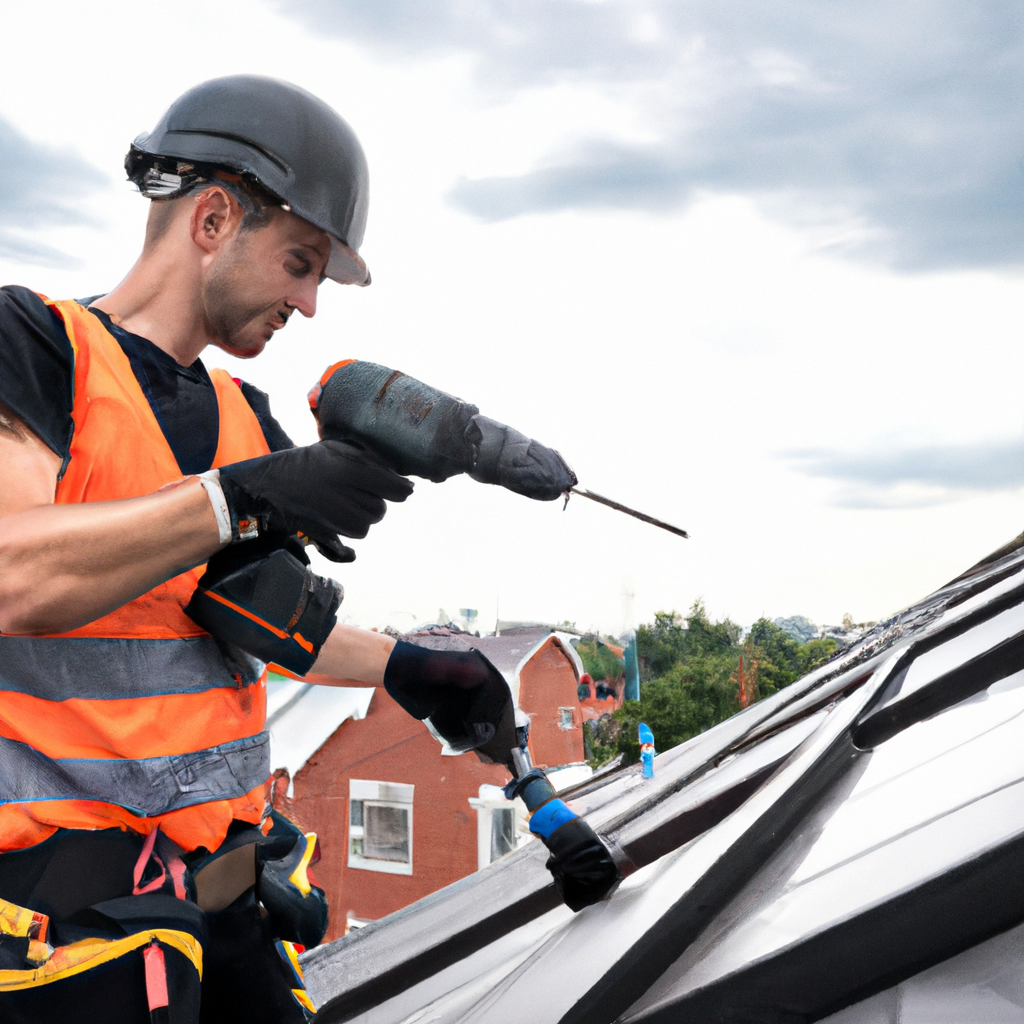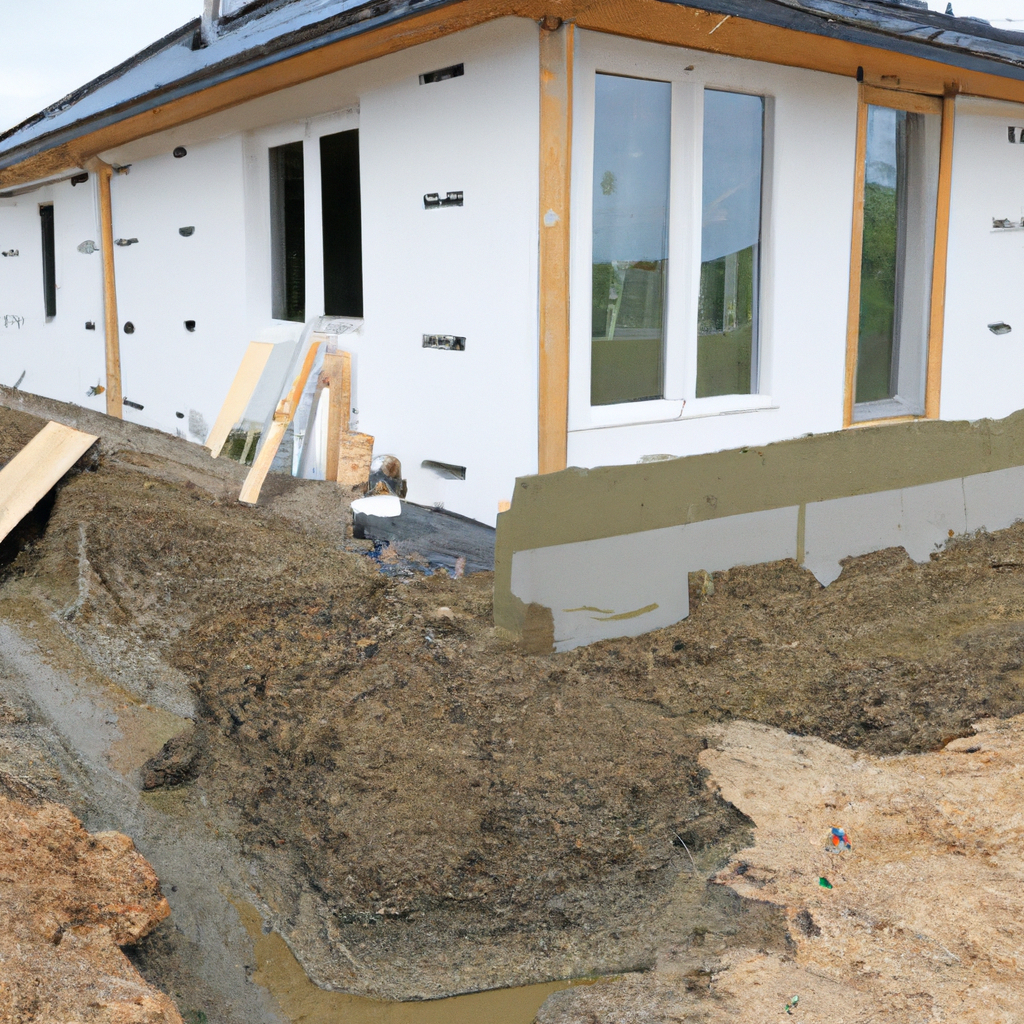Dealing with a collapsed sewer line can be a homeowner’s worst nightmare. The foul smell, the potential health hazards, and the costly repairs can make anyone feel overwhelmed. However, there is hope! In this comprehensive guide, we will walk you through the process of fixing a collapsed sewer line without breaking the bank. We understand the urgency and the need for a solution that is both effective and affordable. So, let’s dive in and transform your sewer line nightmare into a dream come true!
Understanding the Problem
Before we delve into the solutions, it’s essential to understand what a collapsed sewer line entails. A collapsed sewer line occurs when the underground pipes that carry wastewater from your home to the main sewer system become damaged or compromised. This can happen due to various factors such as old age, tree root intrusion, ground shifting, or even poor installation.
The consequences of a collapsed sewer line are far from pleasant. It can lead to sewage backups, slow drains, foul odors, and even structural damage if left unaddressed. Therefore, it’s crucial to identify the signs of a collapsed sewer line early on to prevent further damage and costly repairs.
Signs of a Collapsed Sewer Line
Detecting a collapsed sewer line in its early stages can save you from a major headache down the line. Look out for the following signs that may indicate a problem with your sewer line:
- Foul Odors: If you notice persistent foul odors coming from your drains or yard, it could be a sign of a collapsed sewer line.
- Slow Drains: If multiple drains in your home are draining slowly or gurgling, it could indicate a blockage or collapse in the sewer line.
- Soggy Lawn or Sinkholes: A collapsed sewer line can cause water to accumulate in your yard or create sinkholes due to soil erosion.
- Backed-Up Toilets or Drains: If your toilets or drains are backing up frequently, it could signal a problem with your sewer line.
- Rodent or Insect Infestations: Sewage leaks from a collapsed sewer line can attract rodents and insects, so an increase in their presence may be a sign of a problem.
Assessing the Damage
Once you’ve identified the signs of a collapsed sewer line, the next step is to assess the extent of the damage. It’s essential to determine the exact location and severity of the collapse before proceeding with any repairs. This will help you make informed decisions and avoid unnecessary expenses.
To assess the damage, it’s best to consult with a professional plumber or sewer line specialist. They will use advanced techniques such as video camera inspections to inspect the inside of your sewer line and identify the problem areas. Based on their findings, they can provide you with an accurate diagnosis and recommend the most suitable repair options.
Repairing Options
Now that you have a clear understanding of the problem and have assessed the damage, it’s time to explore the available repair options. Here are three cost-effective solutions to fix a collapsed sewer line:
1. Pipe Relining
Pipe relining, also known as trenchless sewer repair, is a modern and efficient method for fixing collapsed sewer lines. This innovative technique involves creating a new pipe within the existing damaged pipe, eliminating the need for extensive excavation.
The process begins with cleaning the damaged pipe to remove any debris or obstructions. Then, a specialized epoxy resin is applied to the inside of the pipe, creating a durable and seamless lining. The new lining effectively seals any cracks or holes, restoring the structural integrity of the sewer line.
Pipe relining offers numerous advantages, including minimal disruption to your property, faster completion times, and cost savings compared to traditional excavation methods. It is an excellent option for homeowners looking for a long-term and cost-effective solution to their collapsed sewer line.
2. Pipe Bursting
Pipe bursting is another trenchless method used to repair collapsed sewer lines. This technique involves breaking apart the existing damaged pipe while simultaneously pulling a new pipe into place. It is a suitable solution for severely damaged or collapsed sewer lines that cannot be easily repaired using pipe relining.
During the pipe bursting process, a hydraulic bursting head is inserted into the damaged pipe. As it moves through the pipe, it breaks the old pipe apart, clearing the way for the new pipe to be pulled into place. The new pipe is typically made of high-density polyethylene (HDPE), a durable material that is resistant to future damage.
Pipe bursting offers several advantages, including minimal excavation, reduced downtime, and increased flow capacity. Although it may require more upfront investment compared to pipe relining, it can be a highly effective and long-lasting solution for severe sewer line collapses.
3. Open Excavation
While trenchless methods like pipe relining and pipe bursting are often the preferred choice, they may not be suitable for all situations. In some cases, an open excavation may be necessary to repair a collapsed sewer line fully.
Open excavation involves digging a trench to access the damaged section of the sewer line. This traditional method allows for a comprehensive inspection and repair of the affected area. It is typically the best option for complex or extensive collapses that cannot be effectively addressed through trenchless techniques.
Although open excavation may involve more extensive disruption and higher costs, it provides the opportunity to address any underlying issues and ensure a long-lasting repair. It’s essential to consult with a professional to determine if open excavation is the most suitable solution for your specific situation.
Conclusion
Dealing with a collapsed sewer line is undoubtedly a stressful and costly situation. However, by understanding the signs, assessing the damage, and exploring the available repair options, you can transform this nightmare into a dream come true. Whether you opt for trenchless solutions like pipe relining or pipe bursting, or choose the traditional route of open excavation, it’s crucial to consult with a professional to ensure the best outcome.
Remember, prevention is always better than cure. Regular maintenance and inspections can help identify and address underlying issues before they escalate into a collapsed sewer line. By taking proactive measures and investing in the appropriate repairs, you can avoid future nightmares and enjoy the peace of mind that comes with a healthy and functional sewer line. So, don’t let a collapsed sewer line break the bank or your spirits – take action today and restore your plumbing system to its former glory!

